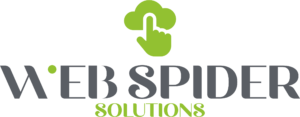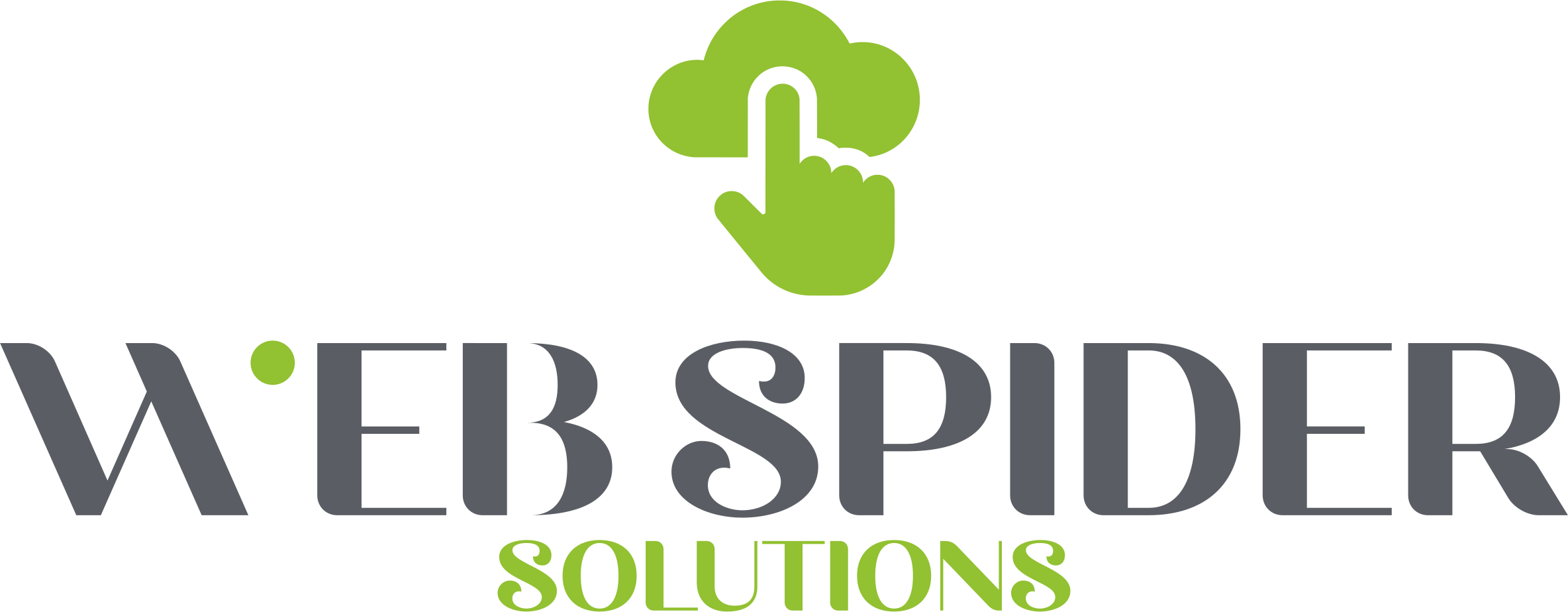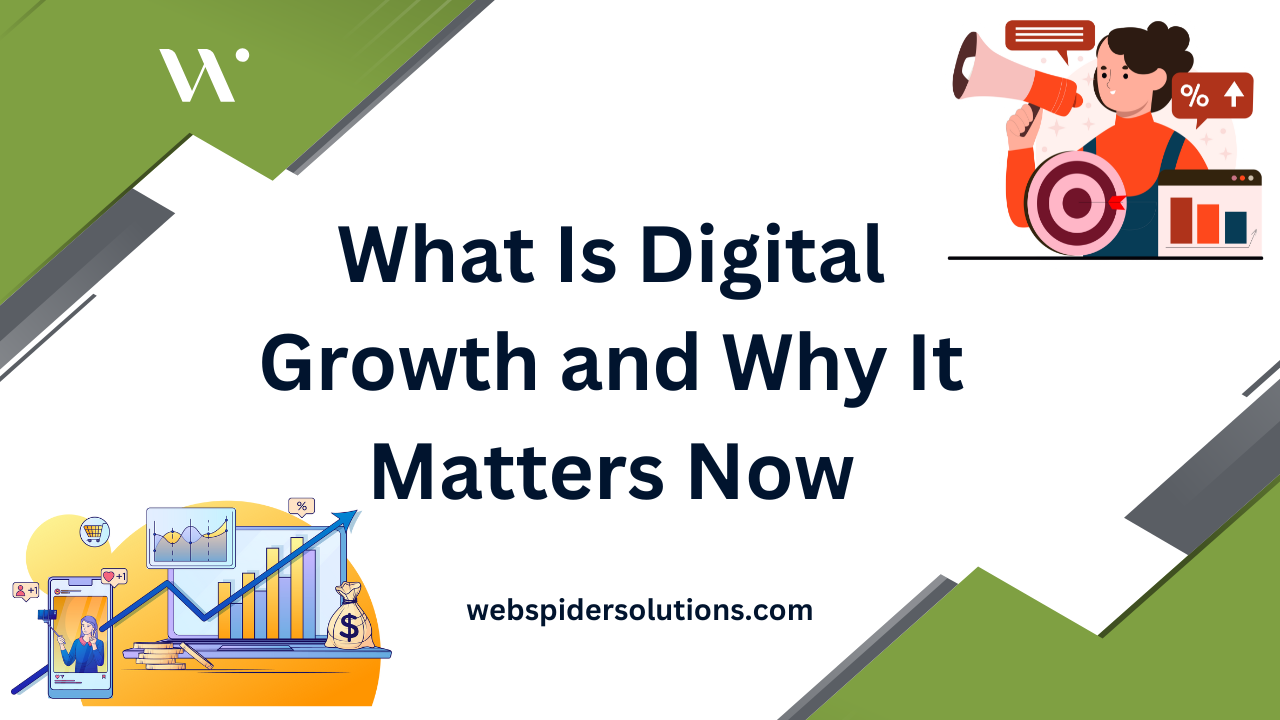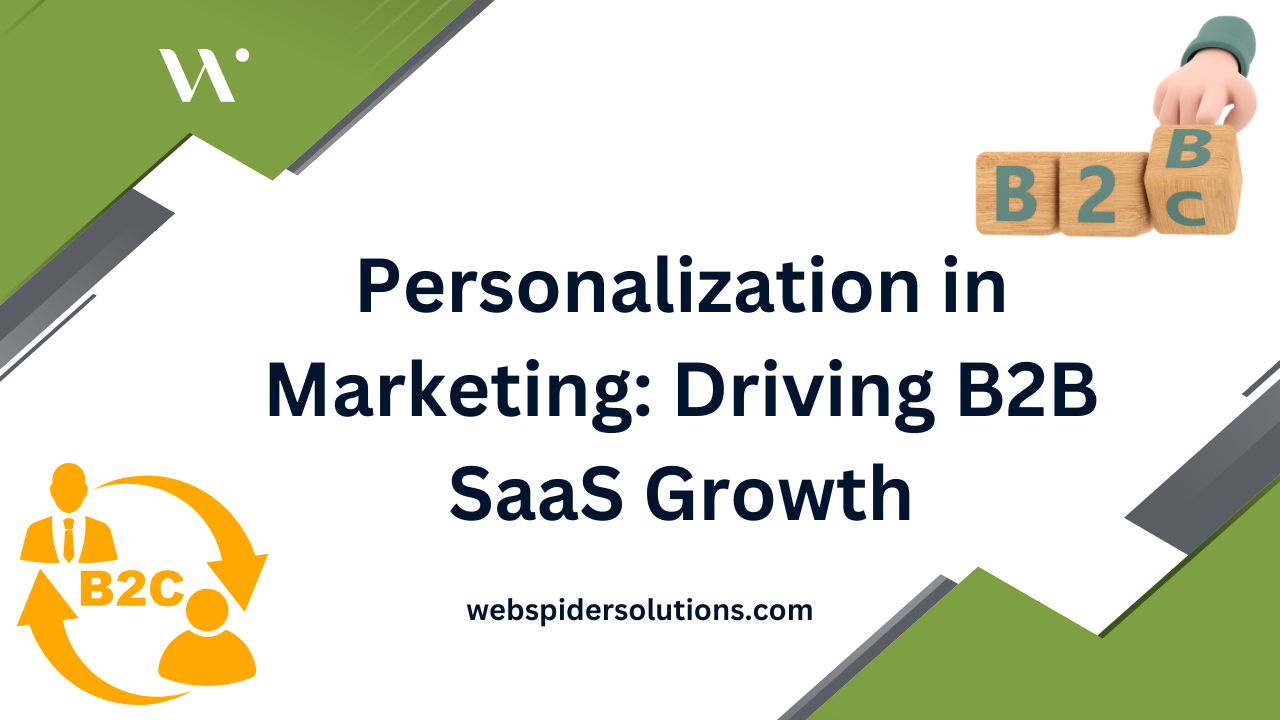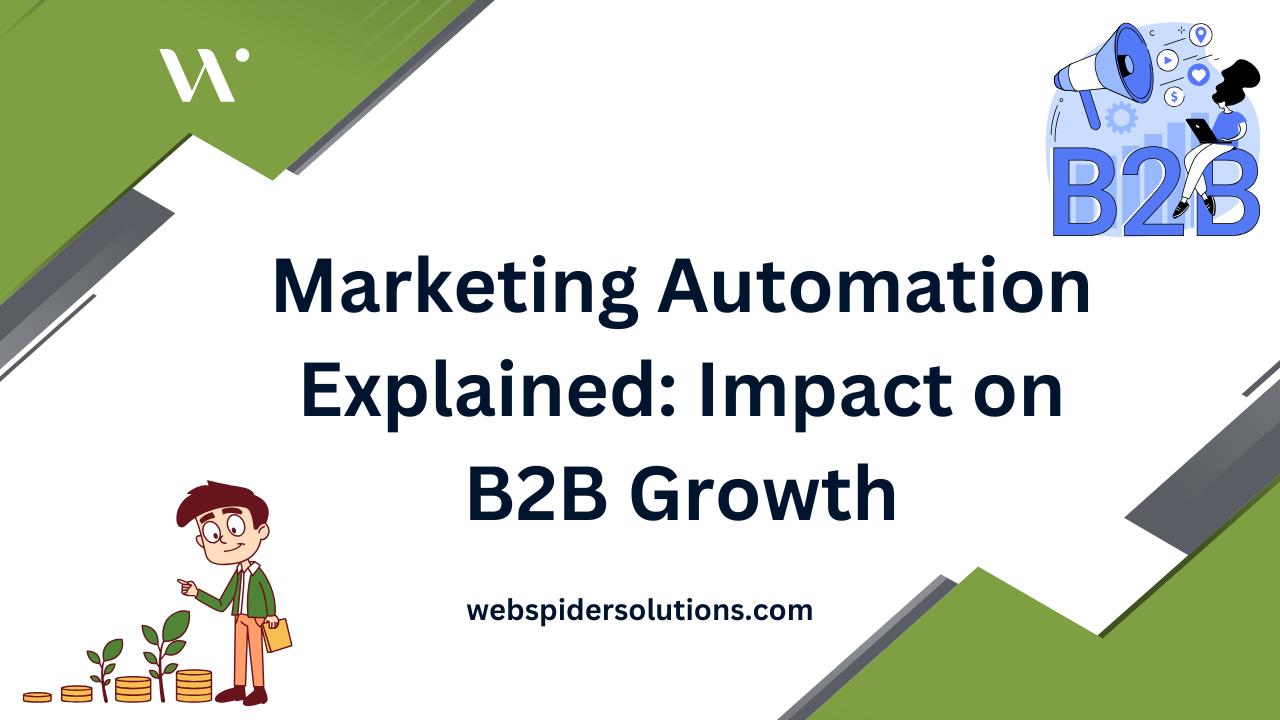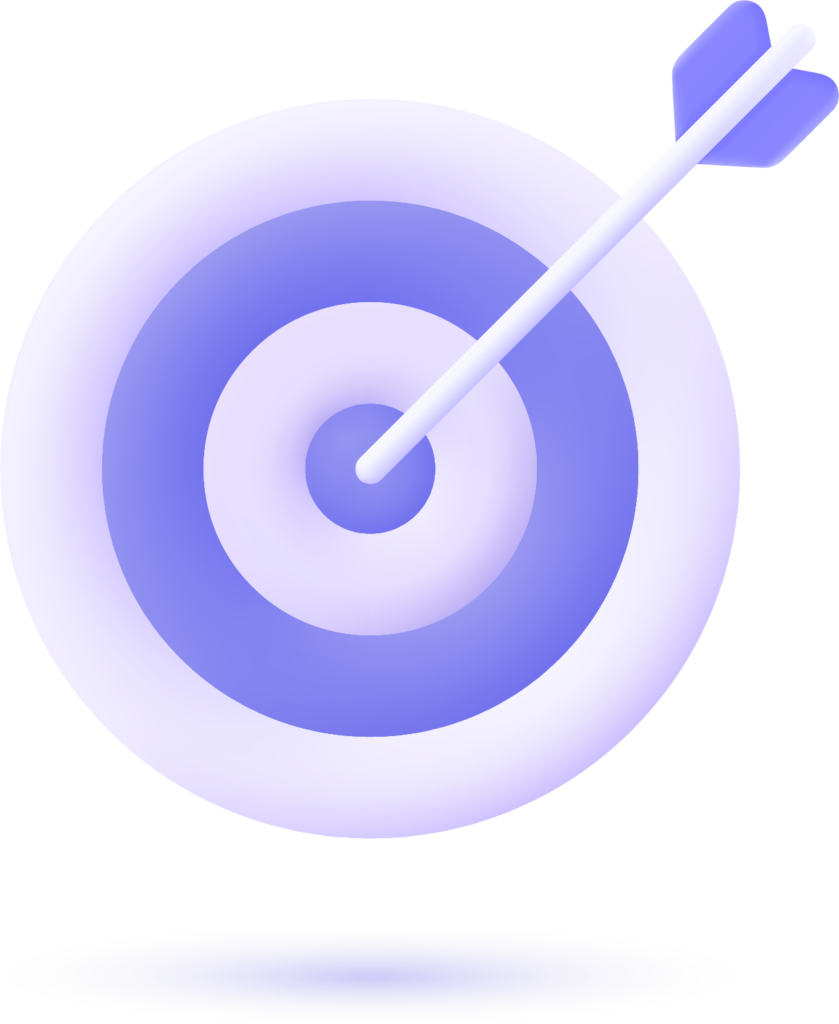Businesses that use targeted lead generation strategies see up to 50 percent higher sales conversion rates compared to those that take a generic approach. Finding and reaching the right customers can decide how fast your company grows or stalls. With a clear plan, you can spot valuable accounts, build stronger engagement, and turn cold prospects into long-term partners while making every marketing move count.
Quick Summary
| Key Point | Explanation |
|---|---|
| 1. Define Ideal Customer Profiles | Identify characteristics of your best customers to create specific profiles for targeted marketing efforts. |
| 2. Develop Multi-Channel Outreach | Use various platforms tailored to customer preferences for effective communication and engagement. |
| 3. Implement Personalized Engagement | Create targeted interactions that address unique needs of prospects for higher conversion rates. |
| 4. Automate Lead Capture Processes | Employ automation tools to streamline and prioritize lead qualification, enhancing efficiency. |
| 5. Monitor and Optimize Efforts | Regularly track key metrics and adapt strategies based on performance data for continual improvement. |
Table of Contents
- Step 1: Define Ideal Customer Profiles And Target Accounts
- Step 2: Develop Multi-Channel Outreach Campaigns
- Step 3: Implement Personalized Engagement Tactics
- Step 4: Automate Lead Capture And Qualification Processes
- Step 5: Monitor Results And Optimize Lead Generation Efforts
Step 1: Define ideal customer profiles and target accounts
Defining your ideal customer profile (ICP) is like creating a precise roadmap for your B2B lead generation strategy. You will learn how to identify and document the most promising accounts that match your business offerings.
Start by examining your current best customers. Which companies have generated the most revenue? What common characteristics do they share? According to research from Pepper Insight, top performing B2B teams analyze specific attributes to build comprehensive profiles.
Break down your ideal customer profile across several key dimensions:
- Industry vertical
- Company size
- Annual revenue
- Geographic location
- Technological infrastructure
- Specific pain points and challenges
Gather this information through multiple channels like customer interviews, sales team feedback, CRM data analysis, and market research. Look beyond surface level demographics and dig into behavioral patterns and strategic needs.
Here’s a comparison of key ICP dimensions:
| Dimension | Example Criteria | Data Sources |
|---|---|---|
| Industry Vertical | SaaS Healthcare Finance |
CRM data Market research |
| Company Size | 50-200 employees Enterprises |
Customer interviews Sales feedback |
| Annual Revenue | $10M-$50M Above $100M |
Financial reports CRM analysis |
| Geographic Location | North America Europe |
CRM data Market research |
| Technological Infrastructure | Cloud-based tools Legacy systems |
Tech stack audits Customer surveys |
| Pain Points & Challenges | Slow onboarding Compliance issues |
Sales feedback Interviews |
Pro Tip: Create detailed personas for both decision makers and influencers within target organizations. Understanding their individual motivations will significantly improve your targeting precision.
As you develop your ICP, remember that it is not a static document. According to Account Based Marketing research, successful organizations continuously refine their profiles based on real world performance data. Treat your ideal customer profile as a living document that evolves with your business insights.

In the next step, you will transform these customer profiles into actionable target account lists that your sales and marketing teams can effectively pursue.
Step 2: Develop multi-channel outreach campaigns
Multi-channel outreach is about strategically connecting with potential customers across different platforms to maximize your engagement and conversion potential. You will learn how to create a cohesive approach that meets your prospects where they are most comfortable and receptive.
Begin by mapping out the communication channels your ideal customer profiles are most likely to use. This might include professional networks like LinkedIn, targeted email campaigns, strategic social media advertising, personalized direct mail, industry webinars, and carefully timed phone outreach. Read more about cross channel marketing strategies to refine your approach.
Each channel requires a tailored messaging strategy. Your LinkedIn connection request should sound different from your email communication or social media ad copy. The key is maintaining a consistent brand voice while adapting the format and tone to suit each platform.
Consider these strategic elements for each channel:
- LinkedIn: Professional networking content with thought leadership insights
- Email: Personalized value propositions addressing specific business challenges
- Social Media: Short engaging posts highlighting unique problem solving capabilities
- Webinars: Educational content demonstrating industry expertise
- Direct Mail: Physical touchpoints with compelling visual storytelling
Pro Tip: Create a unified messaging framework that allows flexibility across channels while maintaining a coherent narrative about your value proposition.
Track performance metrics meticulously. Monitor engagement rates conversion percentages and response times for each channel.
This data will help you continuously optimize your outreach strategy and understand which platforms generate the most qualified leads.
In the next step you will learn how to systematically nurture these initial connections into meaningful business relationships.
Step 3: Implement personalized engagement tactics
Personalized engagement transforms generic marketing into a precision targeted approach that speaks directly to each potential customer’s unique needs and challenges. You will learn how to craft meaningful interactions that dramatically increase your chances of converting prospects into committed partners.
According to research from Pepper Insight, true personalization goes far beyond inserting a first name into an email template. It requires deep understanding of each prospect’s industry context, specific pain points, and strategic objectives. Learn more about SaaS marketing strategies to enhance your approach.
Start by segmenting your target accounts based on detailed personas. For each segment create content and communication strategies that demonstrate genuine understanding of their specific business challenges. This might mean developing industry specific white papers, producing targeted video content, or crafting email sequences that speak directly to unique organizational pain points.
Leverage technological tools and AI to scale your personalization efforts:
- Use dynamic content that adapts based on viewer characteristics
- Implement behavioral tracking to trigger relevant communications
- Create gated content assets aligned with specific buyer personas
- Develop recommendation engines that suggest precisely relevant resources
Pro Tip: Combine human insight with AI capabilities. A 2025 academic study revealed that AI-generated personalized marketing offers improved acceptance rates by 17 percent.
Measure and iterate constantly. Track engagement metrics for each personalized communication stream. Which content resonates most? Where do prospects spend the most time? Use these insights to continuously refine your approach.
In the next step you will explore how to systematically convert these personalized interactions into genuine sales opportunities.
Step 4: Automate lead capture and qualification processes
Automating your lead capture and qualification processes is like building a smart filtering system that identifies and prioritizes your most promising business opportunities. You will learn how to create an intelligent pipeline that saves time transforms manual work and ensures your sales team focuses only on the highest potential prospects.
Read more about lead generation strategies to complement your automation efforts. Start by implementing sophisticated web forms and landing pages that capture critical information automatically. Design these entry points to collect not just basic contact details but also key qualifying information about the prospect’s business size industry and specific challenges.
Utilize marketing automation platforms that can score and segment leads based on predefined criteria. These tools can track prospect behaviors across your digital channels assign engagement points and automatically categorize leads into different stages of your sales funnel. For instance a lead downloading multiple white papers might receive a higher score than someone who just visited your website once.
Consider integrating these key automation strategies:
- Chatbots for immediate initial engagement
- Automated email nurture sequences
- Dynamic content personalization
- Behavioral tracking and lead scoring
- Automatic calendar scheduling for sales meetings
Pro Tip: Configure your automation tools to trigger specific actions based on lead behavior. If a prospect views pricing pages multiple times they might be ready for a direct sales outreach.
Regularly audit and refine your automation workflows. Technology and buyer behaviors change quickly so what works today might need adjustment tomorrow.
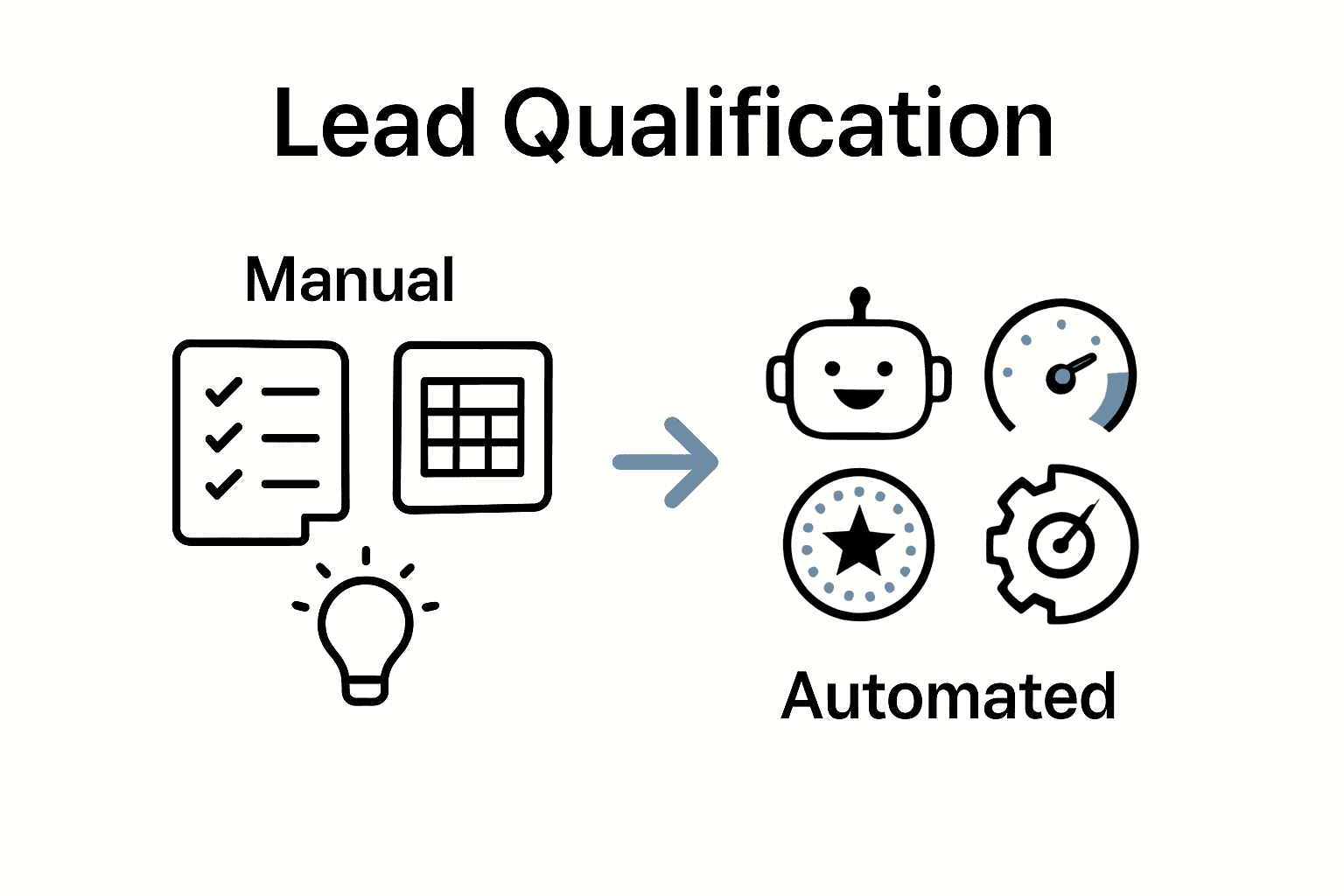 Set up monthly reviews to ensure your lead qualification process remains sharp and effective.
Set up monthly reviews to ensure your lead qualification process remains sharp and effective.
In the next step you will explore how to develop a systematic approach to converting these qualified leads into actual business opportunities.
Step 5: Monitor results and optimize lead generation efforts
Monitoring and optimizing your lead generation efforts is like conducting a continuous performance tune-up for your sales engine. You will learn how to transform raw data into actionable insights that drive consistent business growth.
According to research from Pepper Insight, high performance lead generation requires systematic testing and continuous adaptation. Learn more about lead generation strategies to complement your optimization process.
Establish a comprehensive dashboard that tracks critical performance metrics. Focus on key indicators like conversion rates pipeline velocity lead quality score and customer acquisition cost. These metrics will provide a holistic view of your lead generation health and highlight areas needing immediate attention.
Implement a structured testing approach across multiple elements:
- Subject line variations in email campaigns
- Call script refinements
- Landing page design experiments
- Content type and messaging strategies
- Targeting and segmentation adjustments
Pro Tip: Create a closed loop feedback mechanism between sales and marketing teams. Regular communication helps rapidly identify and address performance bottlenecks.
Schedule monthly performance reviews where your team critically examines the data. Look for patterns understand why certain strategies work and be prepared to pivot quickly. The goal is not just collecting data but transforming insights into strategic actions.
Remember that optimization is an ongoing process. What works today might become less effective tomorrow so maintaining an agile adaptive approach is crucial for sustainable lead generation success.
Accelerate B2B Lead Generation With Proven Digital Marketing Solutions
Are you struggling to turn a well-defined ideal customer profile into consistent streams of qualified leads? Many B2B teams find it challenging to bridge the gap between multi-channel outreach and tangible business growth. The article highlights recurring bottlenecks such as missed personalization opportunities, inefficient lead qualification, and the ongoing need for optimization. If you recognize these issues in your own strategy, you are not alone.
Unlock real results with expert support from Web Spider Solutions. Our full-service team specializes in designing and executing B2B lead generation campaigns using advanced automation, artificial intelligence, and paid advertising mastery. Gain a strategic edge by leveraging actionable analytics, tailored content, and continuous performance improvements. Ready to transform your pipeline and start seeing measurable business growth? Visit Web Spider Solutions now and request your free strategy consultation today.
Frequently Asked Questions
What are the key components of an ideal customer profile (ICP) for B2B lead generation?
Defining your ICP involves identifying critical factors such as industry vertical, company size, annual revenue, and specific pain points. Start by analyzing your current best customers to gather data and shape your ICP accurately.
How can I develop effective multi-channel outreach campaigns for lead generation?
To create effective outreach campaigns, identify the channels your target customers use, such as LinkedIn, email, or webinars. Map out tailored messaging strategies for each channel that resonate with your audience’s needs and challenges, thus increasing engagement.
What are personalized engagement tactics, and how can they improve my lead conversion?
Personalized engagement involves crafting interactions that address the specific challenges of each potential customer, rather than using generic messaging. To enhance lead conversion, segment your audience and develop content that speaks to their unique needs, increasing the likelihood of a positive response.
How can I automate my lead capture and qualification processes effectively?
You can automate lead capture by using advanced web forms and marketing automation tools that segment and score leads based on behavioral data. Implement solutions like chatbots and automated email nurture sequences to streamline processes, which can save time and improve lead quality.
What key metrics should I track to optimize my lead generation efforts?
Focus on metrics such as conversion rates, pipeline velocity, and customer acquisition cost to gauge your lead generation success. Set up a dashboard for these metrics and regularly review them to identify trends and areas for improvement in your strategies.
Recommended
